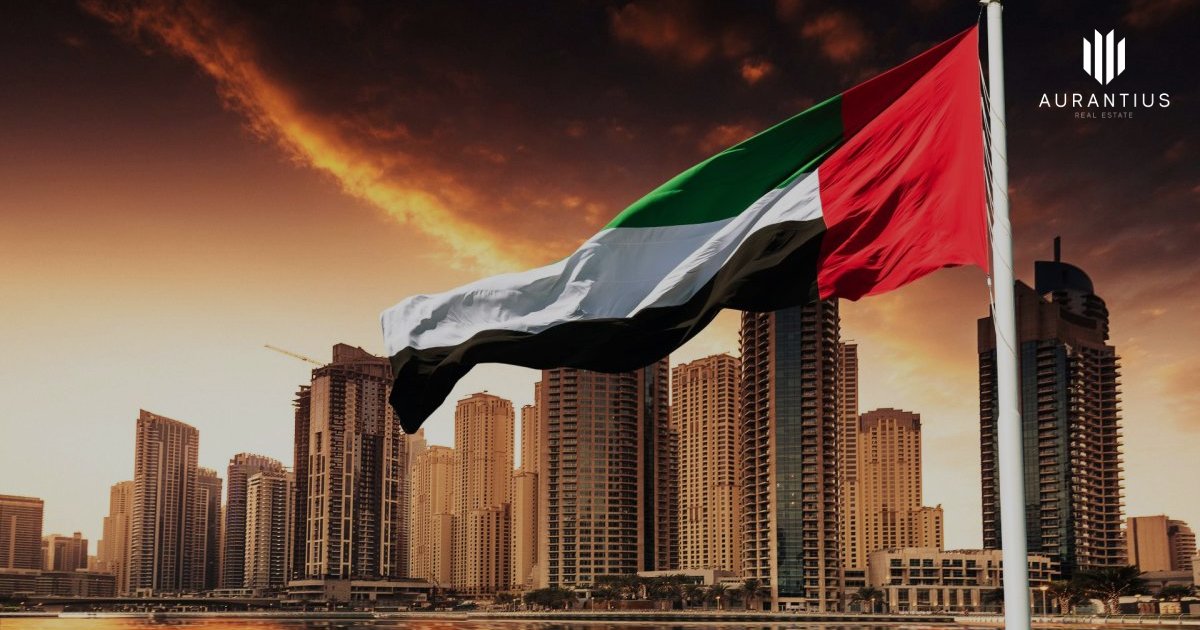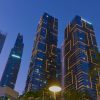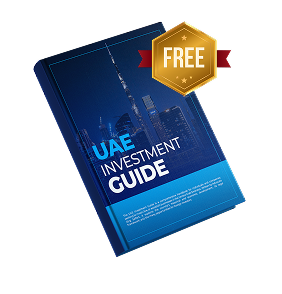UAE Mortgage Relief Ahead: Fed Rate Cuts Expected to Boost Dubai and Abu Dhabi’s Property Markets
The UAE real estate sector is poised for renewed momentum following the latest interest rate cuts by the US Federal Reserve. On October 29, 2025, the Fed reduced its benchmark rate by 25 basis points to 3.75 percent — the second cut in a month — a move immediately mirrored by the UAE Central Bank. With the dirham pegged to the US dollar, the UAE lowered its rate to 3.90 percent from 4.15 percent, setting the stage for cheaper borrowing, improved mortgage affordability and potentially stronger real estate demand across the country.
Lower Rates Bring Relief to Buyers and Boost Confidence
The Fed’s rate cut brought its target lending rate to its lowest level in three years. With slower job growth and rising unemployment in the US, the central bank resumed its easing cycle in September, triggering global implications. The UAE’s aligned reduction supports non-oil economic growth, strengthens liquidity and opens a window for buyers who had been sidelined by high borrowing costs.
For the UAE — particularly Dubai — the impact on real estate will be direct. Mortgage affordability has been one of the main pressure points for residents and investors in mid-market and premium communities such as Dubai Hills Estate, MBR City and Dubai Marina. The reduced cost of financing could stimulate demand across both end-user and investor segments, re-engaging buyers who paused due to elevated rates.
As interest rates climbed in 2023–2024, mortgage transactions dipped slightly despite overall record-high property sales. Lower rates may reverse that moderation, expanding access for residents aiming to shift from renting to ownership and strengthening momentum in both primary and secondary markets.
Manufacturing Growth and Migration Could Push Housing Demand Higher
The global trade tariff war led by the US could indirectly benefit the UAE, positioning the country as a cost-efficient manufacturing hub for US-bound exports. If multinational companies relocate operations to the UAE to avoid tariff constraints, thousands of professionals, engineers and skilled workers could move to the country — intensifying housing demand across communities such as Business Bay and Palm Jumeirah.
With Dubai’s population crossing four million and projected to reach 5.8 million by 2040, the emirate’s capacity to absorb new residents remains a central driver of long-term real estate resilience. Improved mortgage affordability combined with demographic expansion creates a powerful environment for sustained sales and rental demand.
A Market Already in Record Territory
The UAE’s property market entered 2025 with strong momentum. In Dubai alone, the first nine months saw almost Dh500 billion in sales across approximately 158,200 transactions — up 32 percent in value and 20 percent in volume compared with 2024. Sharjah posted Dh44.3 billion in transactions, an increase of 58 percent year-on-year, marking its strongest-ever performance.
These figures underscore the resilience of the UAE’s real estate ecosystem. Even with elevated borrowing costs, cash-rich buyers, international investors and affluent end-users have continued to drive prices higher, particularly in super-prime communities. A shift to lower interest rates may further widen this buyer base, adding depth and diversity to demand.
Economic Stability and Global Appeal Strengthen the UAE’s Position
The UAE’s sustained growth is the result of long-term strategic initiatives: world-class infrastructure, political stability, globally connected transport networks, efficient government services and a high standard of living. These factors continue to attract entrepreneurs, corporate leaders and wealthy individuals who view the UAE as a safe and profitable base for business and lifestyle.
Government incentives — including long-term visas, corporate tax optimisation, investor residency programmes and business-friendly regulations — have accelerated population expansion and employment creation, directly supporting real estate absorption across all emirates.
Strong Returns and Appreciation Drive Investor Confidence
Investment returns in the UAE remain among the most attractive globally, averaging 6 to 8 percent net annually, outpacing many international markets. On top of rental yields, capital appreciation has strengthened due to supply-demand imbalances, premium location desirability and sustained foreign inflows.
Demand continues to rise across Dubai, Abu Dhabi, Sharjah, Ajman and Ras Al Khaimah as developers launch new master communities and expand waterfront, mixed-use and luxury offerings. The combination of lower borrowing costs, population growth and stable economic fundamentals reinforces the UAE’s long-term upward trajectory.
A Positive Outlook for 2026 and Beyond
The UAE’s real estate sector stands at a favourable turning point. The dual benefit of lower mortgage rates and sustained macroeconomic strength suggests that demand could broaden further in 2026. Buyers who previously delayed decisions due to high borrowing costs may re-enter the market, while investors expecting long-term appreciation will continue to allocate capital into high-performing neighbourhoods.
Lower interest rates are not a guarantee of perpetual price growth, but in the UAE — where global inflows, migration trends and infrastructure development remain strong — they serve as a powerful catalyst for renewed activity.
For personalised guidance on how shifting mortgage rates, economic trends and demographic changes influence your buying strategy in Dubai’s most sought-after communities, connect with Aurantius Real Estate for expert advisory and market insights.











